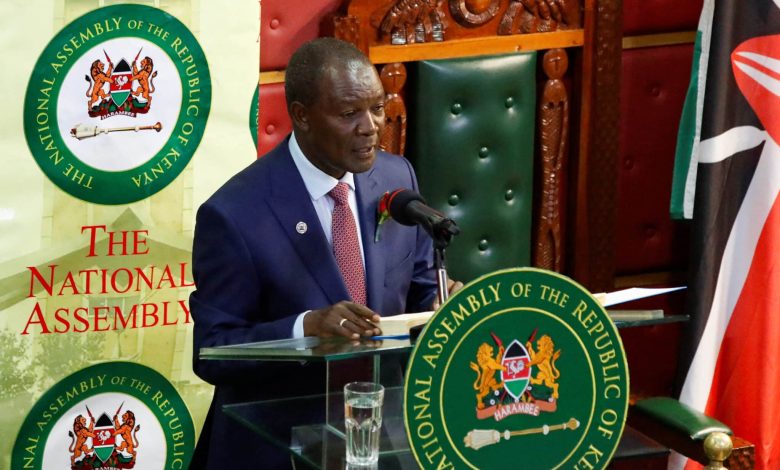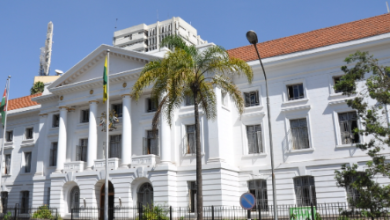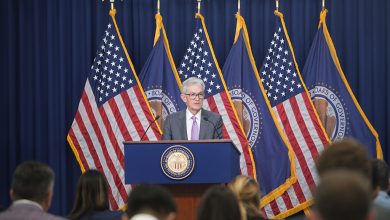Budget Share for Counties amidst ‘One Man, One Vote, One Shilling’ Debate

The 2024/2025 Financial Year Budget has seen the National Government allocate KSh 444.5 billion to all the 47 counties, a 15% increase from the previous year’s share.
The equitable share to devolved governments represent 25.48% of the total budget which stands at KSh 3.9 trillion. About KSh 400.1 billion of the total allocation will be sourced from the equitable share of revenue raised nationally, KSh 8.76 billion from conditional allocations, and KSh 35.66 billion from development partners. Nairobi county will receive the highest share of the revenue at KSh 20.9 billion, with the lowest share being Lamu county with KSh 3.4 billion. Counties in the former North Eastern province received an accumulated total of KSh 30.9 billion. Lower Eastern counties including Machakos, Makueni, and Kitui received a total of KSh 29.9 billion.
In the Mount Kenya region, the allocation is shared as follows: Embu (KSh 5.5 billion), Kiambu (KSh 12.7 billion), Nyeri (KSh 6.7 billion), Nyandarua (KSh 6.1 billion), Meru (KSh 10.3 billion), Tharaka Nithi (KSh 4.5 billion), Muranga (KSh 7.8 billion), and Kirinyaga (KSh 5.6 billion).
Nyanza and Western region saw Kakamega, Bungoma, and Kisii receive the highest shares. Kisumu got KSh 8.7 billion, Nakuru received KSh 14.1 billion, and Mombasa got KSh 8.1 billion.
National revenue is shared to the counties with consideration of various differing factors looked upon by the Commission of Revenue Allocation (CRA). The commission then shares a revenue-sharing plan with the National Assembly.
Some of the factors that have influenced how revenue is shared to the counties included size, population, and marginalization concerns. However, these considerations have been challenged by proponents of the ‘One Man, One Vote, One Shilling’, who have argued that population alone is a sufficient basis for revenue sharing to the counties.
The ‘One Man, One Vote, One Shilling’ was a crucial component of the Building Bridges Initiative (BBI) which was quashed at the courts two years ago. Its supporters say that dividing national revenue in accordance with population density is fairer than considering factors like size.
Deputy President Rigathi Gachagua has taken up the maxim again, much to the ire of the members in the Kenya Kwanza coalition. His recent deliberations on the subject have split opinions within the coalition. Opposers of the initiative have warned that such a revenue-sharing basis can tear apart national unity.
Leaders from marginalized and ASAL areas have especially rubbished the ‘One Man, One Vote, One Shilling’ basis as simplistic and stealthily tribalistic. They mentioned that if the population factor alone was considered, regions in the Northern Frontier would remain underdeveloped.
They have also argued that the scantiness of resources in their counties warrants that they receive more money to achieve the same rate of development as in areas that are agriculturally viable.
However, as cases of corruption continue to rock some of the most marginalized counties in Kenya, supporters of the ‘One Man, One Vote, One Shilling’ basis have blamed leaders in these areas for not doing much to better the lives of their people. This is despite receiving the equalization fund that is essentially meant to hasten development in these areas.
It is not difficult to see why the ‘One Man, One Vote, One Shilling’ would be considered ethnically divisive. The argument behind it implies that higher populations also contribute higher revenues to both levels of government.
Places that are densely populated have the bulk of taxpayer businesses, infrastructural advantages, and closer amenities. Those in large but sparsely populated areas have their social services stretched thin and inaccesibly.
In the years after Kenyan independence, the stage was set for massive underdevelopment of areas considered ‘economically sterile’. The Sessional Paper No.10 of 1965 stated explicitly that development shall be concentrated in areas where much is to be yielded. This led to the marginalization of ASAL areas which lag in education, healthcare access, and are hotspots for internecine conflict.
See Also:
Treasury CS Njuguna Ndung’u Unveils Kenya’s KSh 3.9 Trillion Budget



